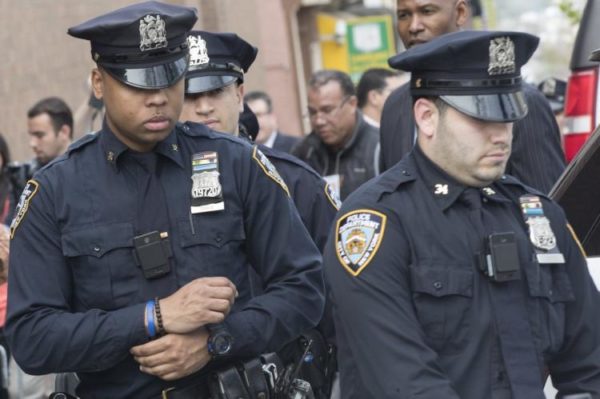NYC Buildings Department Must Improve Follow-up
December 7, 2011
Around Town – By Neal Tepel
The New York City Department of Buildings has allowed major code violations that could pose immediate and severe threats to life and safety to linger unfixed for months, according to an audit released by New York State Comptroller Thomas P. DiNapoli. "The Department of Buildings is responsible for ensuring the safety of nearly one million properties throughout New York City by enforcing the city's Building Code, but when it falls down on the job, it jeopardizes the safety of New Yorkers," DiNapoli said. "The department needs to revamp its inspection process immediately and make sure dangerous violations are fixed before someone gets hurt."
When a building inspector discovers violations, the responsible party is cited with a Notice of Violation. There are three classes of violations; the most serious being Class 1, which covers immediately hazardous situations that present a severe threat to life. While a violation does not carry a fine or penalty itself, it can be used as the basis for a criminal court summons or prosecution.
The law requires the department to re-inspect Class 1 violations within 60 days if the owner has not formally notified the department the problems have been fixed. DiNapoli's auditors, however, found that department managers do not even begin scheduling re-inspections until 120 days after the citation.
A review of 1,206 open violations written in April 2010 showed that 1,063 re-inspections had been performed by December 2010. However, 94 percent of these inspections did not actually occur until four, five or six months after the citations were written. And when those inspections did take place, inspectors found the conditions had not been corrected and continued to pose an immediate threat in almost half of the cases.
In one case, a building in Manhattan was cited for an air conditioner blocking the entrance to a fire escape. After waiting more than six months to follow-up, inspectors found the air conditioner had not been moved. In another case, inspectors found a partial roof collapse in Queens that remained unfixed for more than four months after the initial inspection.
DiNapoli's auditors found that when inspectors cannot access a building, they simply leave a form requesting the property owner to call the department to schedule an appointment for the re-inspection. The department has no procedures in place to track these forms or follow up on re-inspections. As a result, serious problems can be left unfixed.
Auditors also randomly selected 50 out of 57,338 Class 1 violations that were issued between July 1, 2008 and August 4, 2010 and reviewed when follow-up actions were taken. Of the 50 violations, 66 percent were still open, with four open for more than 700 days.
A copy of the complete audit can be found at: http://www.osc.state.ny.us/audits/allaudits/093012/10n5.pdf



